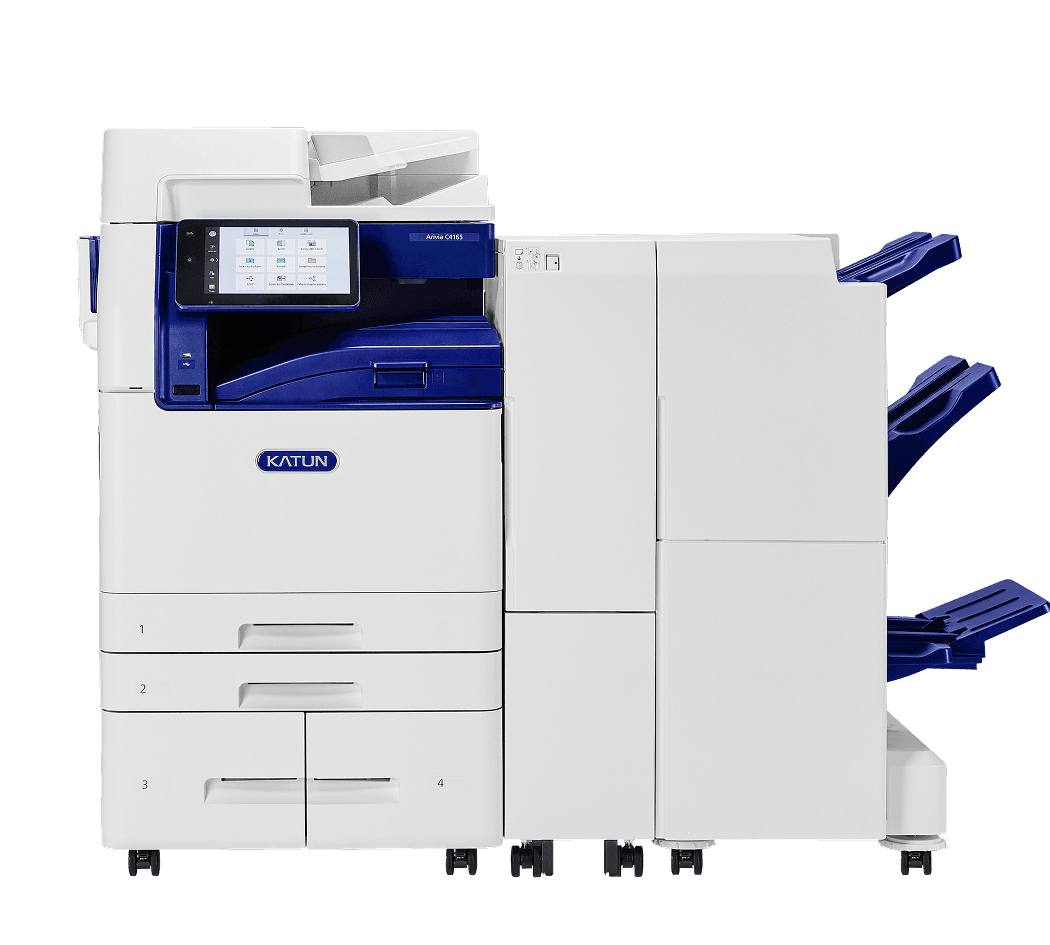Insights
Expand your knowledge of the office equipment market with valuable insights from Katun experts on industry trends, products, programs and more. Whether you're a dealer, distributor, or consumer, Katun simplifies your success with valuable insights and relevant information into the ever-evolving print industry.
Get Started with Katun
Fetching Insights...
A Partner You Can Trust
Simplify Your Success
We’re here to help you succeed. Let us be your trusted ally in the ever-evolving print industry.
Get Started with Katun
